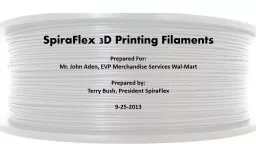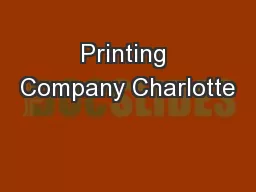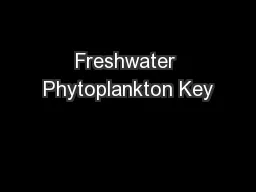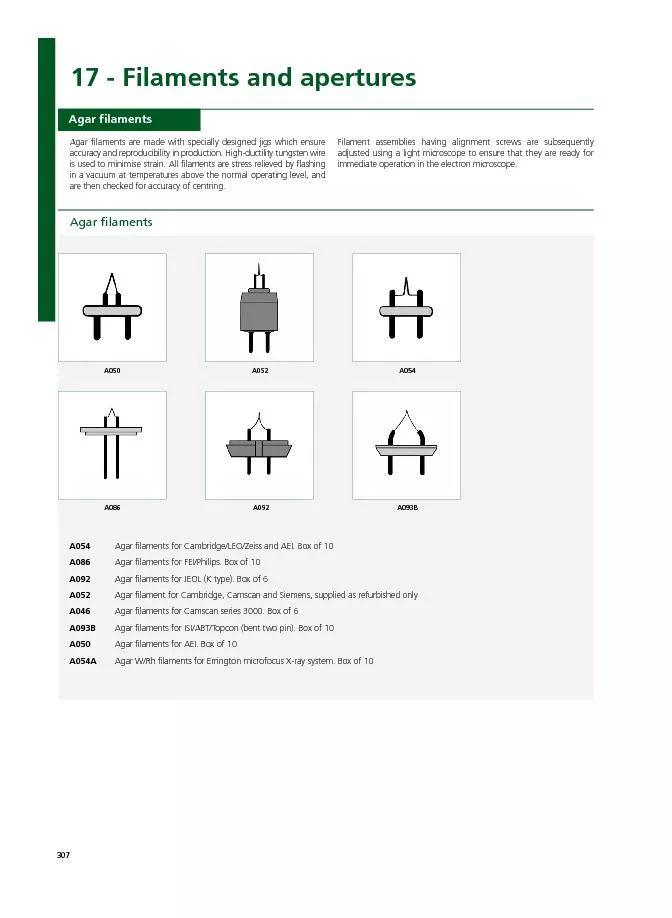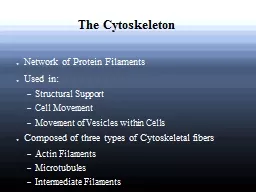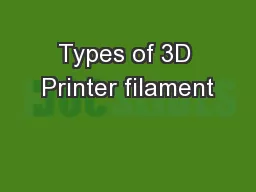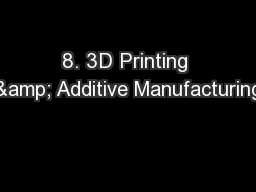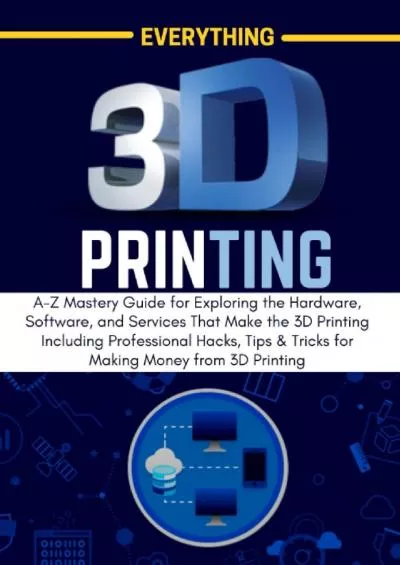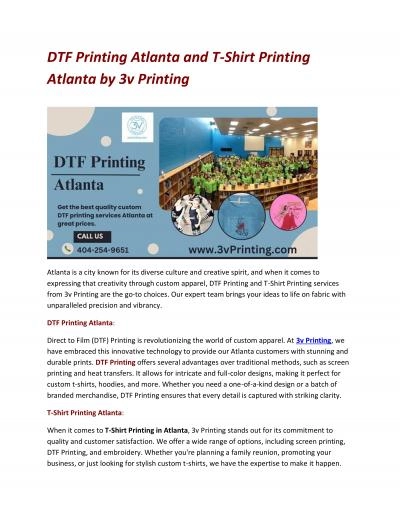PPT-Material Science of 3D Printing Filaments
Author : cheryl-pisano | Published Date : 2016-04-18
Milwaukee 3D Meet Up Coex3D 1122013 Topics Filament Manufacturing Upstream Extrusion Down Stream Polymer Science 101 Monomers Morphology Melt Behavior Filaments
Presentation Embed Code
Download Presentation
Download Presentation The PPT/PDF document "Material Science of 3D Printing Filament..." is the property of its rightful owner. Permission is granted to download and print the materials on this website for personal, non-commercial use only, and to display it on your personal computer provided you do not modify the materials and that you retain all copyright notices contained in the materials. By downloading content from our website, you accept the terms of this agreement.
Material Science of 3D Printing Filaments: Transcript
Download Rules Of Document
"Material Science of 3D Printing Filaments"The content belongs to its owner. You may download and print it for personal use, without modification, and keep all copyright notices. By downloading, you agree to these terms.
Related Documents

